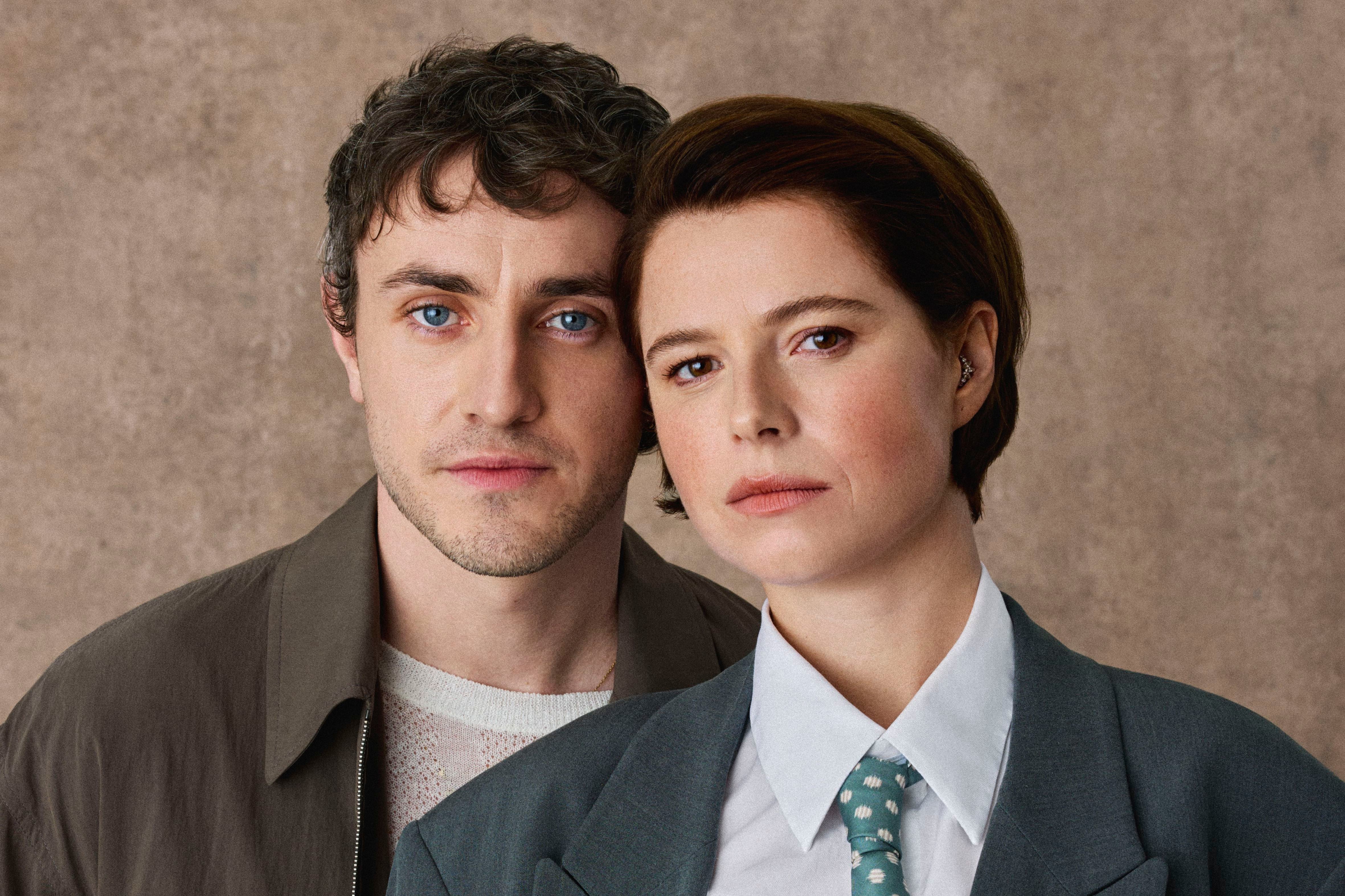I’m from Fanad in Co Donegal. I was a plasterer all my life. I had to stop plastering after a heart attack. It was out of the blue. I was a very fit, strong man at the time, I was 46. They told me that was the end of the plastering.
I wasn’t doing anything for a while and by pure accident, I was chatting to a man, Colin McAteer – he was starting this company, Green Coffins. He was thinking about using Irish willow. He said, “Would you be interested in doing a weaving course to learn how to do it?” I did a basket weaving course in Ramelton and we started looking at how to turn a log basket into a coffin.
I had never done anything like it before. I found it came naturally to me. That was 13 years ago.
Every coffin you make, you try to make it better than the last one. We use 7ft lengths of willow, which is pliable, that’s one year’s growth. What you cut this year, it’s going to grow back next year. You are not cutting down an oak tree that’s going to take 100 years to replace.
READ MORE
You start with a solid timber base for rigidity and you stake it up, just as you would a log basket, and then you weave out the sides. Then you start on the lid. That’s the harder part because you are making it completely free hand. You want it to fit the base neatly. Every coffin is different, so it takes a bit of work.
It’s hard on your hands. They can get hacked. They are nearly like leather [now]. You have to soak the willow, you are using it wet, so when the weather is cold and you are pulling rods through, it’s sore on the hands.
[ What’s the natural end to living green? Dying greenOpens in new window ]
I thought it was never going to catch when we began. We never saw that it would take off as big as it has.
At the start, undertakers didn’t want to take them, they weren’t interested, but as time went on people were saying they wanted one. The more they have been used, the more popular they have got.
I think at first people thought they were a cheap alternative, which they are not. Everybody tries to do their best for their loved ones and a coffin is the last thing you can do for anybody belonging to you, so people didn’t want people to think they were buying something cheap.
I don’t know where the coffin is going 99 per cent of the time, it’s just going to an undertaker.
The first time I ever went to a funeral where one of my coffins was used, I was very, very nervous. I knew it was coming to the chapel that evening and I was there in the car park when I saw it coming in the back of the hearse.
As they were taking it out of the hearse, you were nervous, it was the first time you’ve seen one of your own being used. I was pleased with how well it looked and how rigid it was.
It takes about 2½ days, steady going, to make one. The very odd time you will get someone ringing you, maybe looking for one that maybe someone belonging to them has passed away and you pull out all the stops.
When we first started, I heard many times, “I wouldn’t bury anybody belonging to me in that thing”. Attitudes have changed dramatically and now people are saying, “I can see the sense in using one of them instead of timber”.
I’m my own worst critic. But I like to be able to stand back and say, that looks good, that looks well
You can’t be thinking about death all the time, but I’m aware with every coffin I make. I’m always mindful and I treat it with respect. I know its purpose. It’s somebody’s loved one and it’s going to be a very sad day for somebody who gets that. You would just like to think that they know you’ve put time and effort into it, and hard work. You’ve tried to do your best and to make it as good as you possibly can for them.
In the evening when I finish, I want to be able to stand back and look at it and say, that’s looks good. I’m happy that whoever is going to get it that they are going to be happy with it.
The same with plastering, you would always try to do a job where the people who moved into their home, they could say to somebody else, “So and so made a great job of plastering our house”. You take a bit of pride in your work.
I’m my own worst critic. But I like to be able to stand back and say, that looks good, that looks well.
My mother was 96 when she died and when they started out first, I don’t think she was that keen on them. She actually said she wouldn’t be buried in one of them, but as time went on, she started to like them more and more. As she saw them on the telly and saw them at different wakes, her attitude changed. She actually said to me one time, “Remember I said to you I wouldn’t be buried in one of them?” She said, “I would be proud to be buried in a coffin that you made”.
“You make sure,” she said, “that you make the coffin.” And I did.
In conversation with Joanne Hunt

















